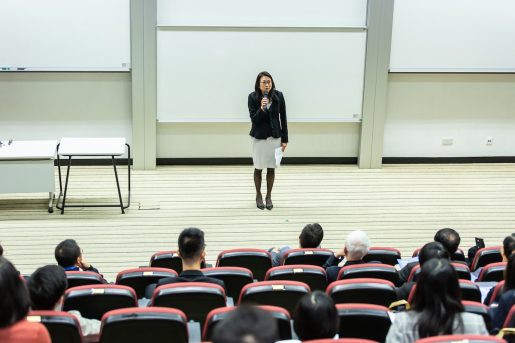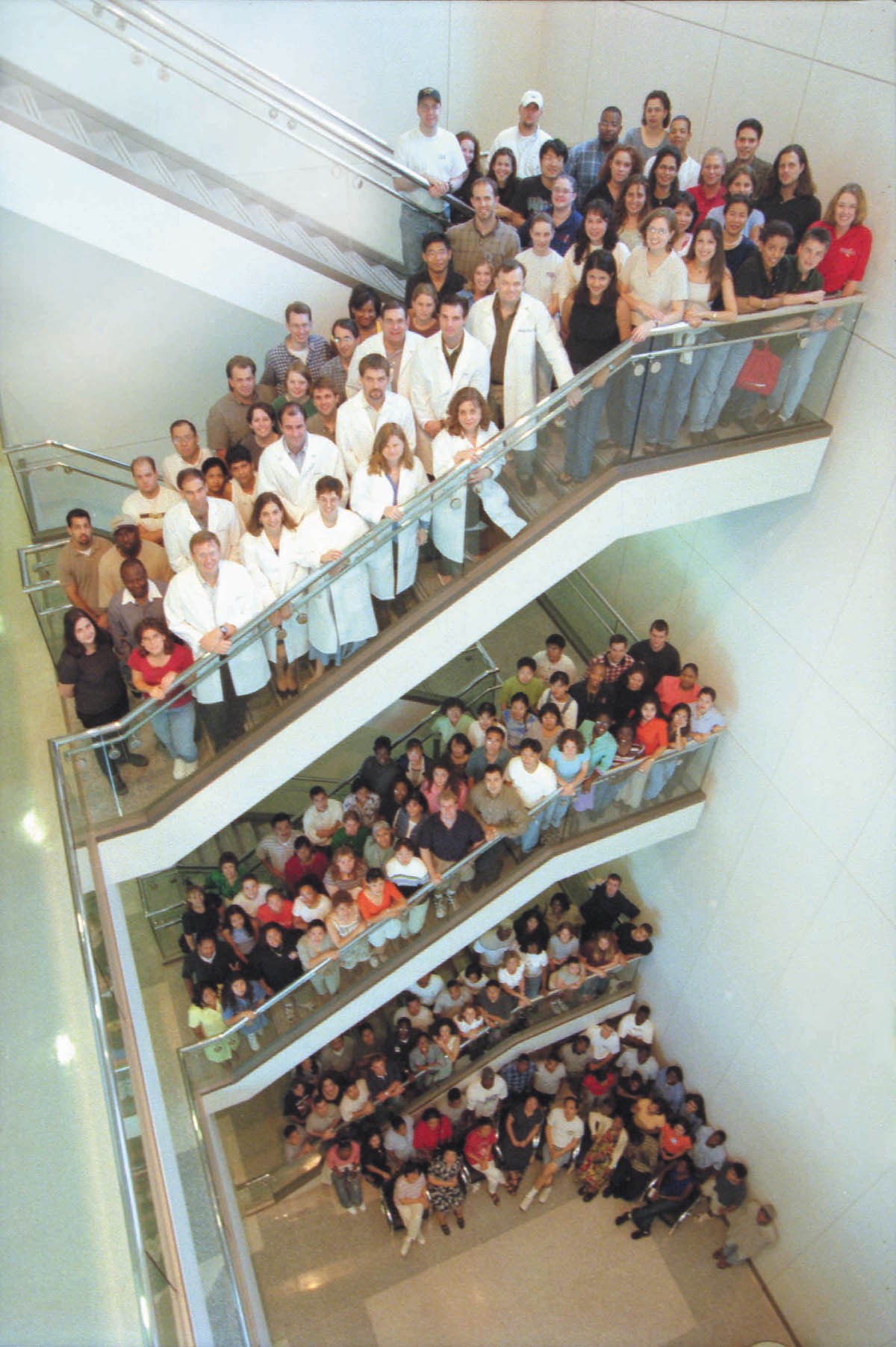Combat the effects of prolonged standing
While remaining sedentary can be dangerous for your health, standing for long periods can also be detrimental. Professionals such as nurses and teachers spend most of the day on their feet, and the prolonged strain on the joints can lead to health problems.
 “When you stand, there’s an increased load on your joints from the low back to the knees. That prolonged strain, especially if you’re standing in a posture that is not healthy, stresses the low back, causing strain to the ligaments and joints,” said Melanie McNeal, a physical therapist at Baylor College of Medicine.
“When you stand, there’s an increased load on your joints from the low back to the knees. That prolonged strain, especially if you’re standing in a posture that is not healthy, stresses the low back, causing strain to the ligaments and joints,” said Melanie McNeal, a physical therapist at Baylor College of Medicine.
Shoes
If you stand or walk for a long period, wear proper shoes that have cushion and arch support. If you have high arches, you need shoes with more cushion. People with flat feet that roll inward when they stand (overpronation) will need shoes with more support.
To find the right style shoe, visit a running store where an employee can properly fit you based on your foot type or see a physical therapist who can perform a gait analysis, which measures how your foot moves while walking. This will determine what type of shoe is best for your foot type.
“Tennis shoes can help with cushioning and decreased stress on joints as many surfaces are very hard and unforgiving,” McNeal said.
Try to alter the surface if you stand on hard surfaces all day. If that’s not possible, change your position frequently and take breaks to sit – even if only for a minute or two.
Posture
Proper posture eliminates stress on the back while standing, and a strong core is necessary for maintaining good posture. McNeal suggests maintaining a strong core by doing exercises such as planks and/or crunches. Understanding what correct posture looks like is vital, she said.
“Stand with your back against a wall and look straight ahead. Your heels, glutes, shoulder blades and the back of your head should all touch the wall,” she said. “If you have to look up while putting your head against the wall, this indicates a forward head posture, which loads the neck muscles excessively. If standing for long periods with this posture, headaches and neck pain are common.”
McNeal also recommends pulling in the abs in while standing, which tightens the core.
Self-care
After a long day of standing, achiness can often be relieved by stretching the low back and leg muscles. Lie on the floor and bring both knees to your chest for low back stretch. Put a towel or belt around one foot and lift it up in the air as high as possible to stretch the hamstring in the back of the thigh. Turn on your stomach and pull your heel toward your glute to stretch your quadricep muscles in the front of the thigh. Hold each stretch for 30 seconds.
“Lots of patients with low back and knee pain feel pain relief solely from stretching their tight muscles. You will feel a lot better after stretching and walking around some,” McNeal said.
Learn more about Baylor Medicine Orthopedics and Sports Medicine.
By Homa Shalchi



